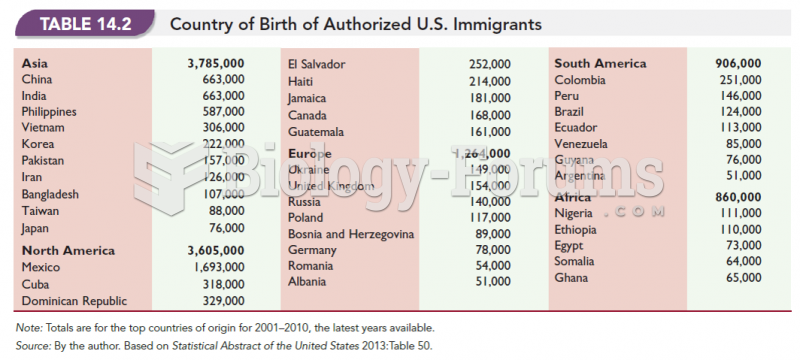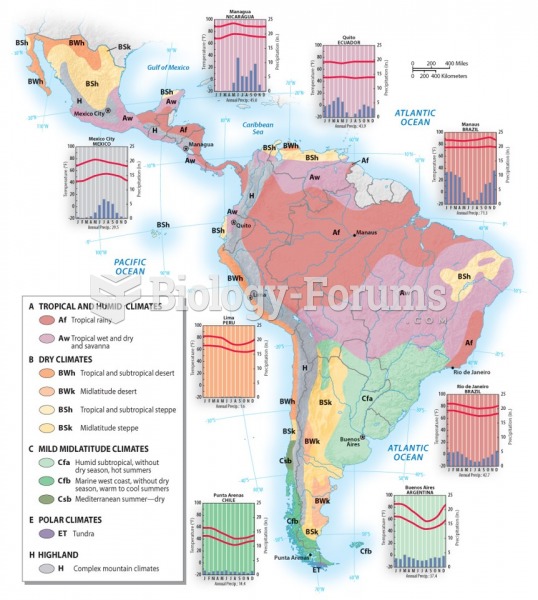Answer to Question 1
Feedback: A borderline hysteria has emerged over the accusation that unauthorized immigrants are taking American jobs away from workers and lowering the overall wage structure, sometimes resulting in laws like Arizona's employer-sanctions law that penalizes employers who hire unauthorized (illegal) immigrants. At the same time, there is little public criticism of corporations that close business operations in the United States and outsource those jobs to foreign countries. For instance, in Arizona, the jobs associated with manufacturing semiconductors are down 31 because those jobs have been sent to other countries with lower wages. There is a clear contradiction here. Few politicians, businesses, and other U.S. citizens complain about moving capital and jobs away from the United States and into Third World countries, leaving U.S. workers to suffer the consequences. Meanwhile, these same interests voice ugly diatribes at workers who want to participate in that free market system by coming to the United States and competing for jobs. So one component of capitalismcapitalis free to roam a virtually borderless world in the hunt for low-wage workers to maximize profits, while a second component of capitalismworkers (the producers of profit)are restricted as to where they may go in search of work for their livelihood.
Answer to Question 2
Feedback: Global trade entered a new phase after the World War II, evolving a global trade network, the integration of peoples and nations, and a global economy, with a common ideology: capitalism. This shift has been accelerated by the removal of tariff barriers. The North American Free Trade Agreement (NAFTA) and the General Agreement on Tariffs and Trade (GATT), both passed in 1994, are two examples of agreements that increased the flow of goods (and jobs) across national boundaries. The globalization of the economy is not a neutral process. Decisions are based on what will maximize profits, thus serving the owners of capital and not necessarily workers or the communities where U.S. operations are located. Most significant are the corporate decisions regarding the movement of money from one investment to another (called capital flight). Most of the manufacturing by U.S. transnational corporations is now done in low-wage economies. Both blue- and white-collar jobs formerly done in the United States are now done in countries with lower pay. The U.S. economy is transitioning from manufacturing jobs to service jobs.







